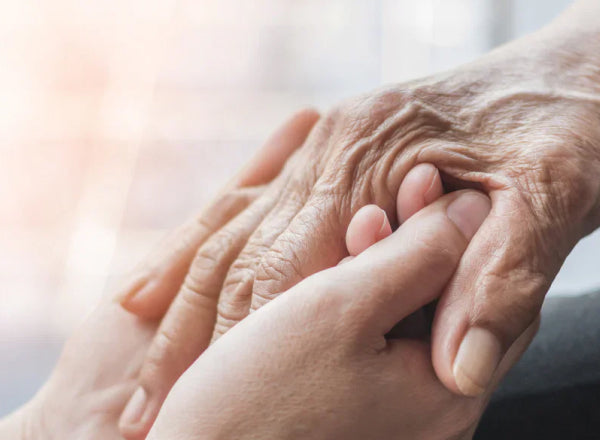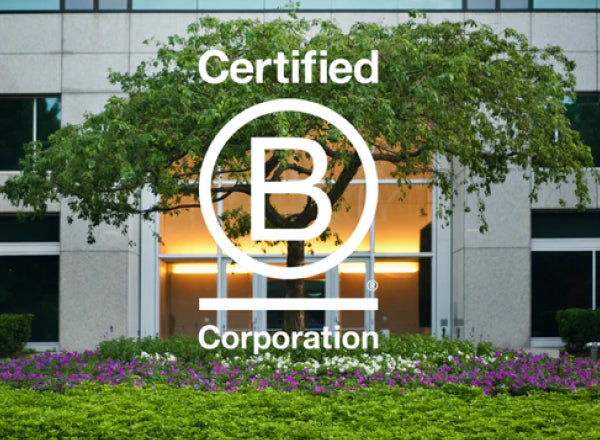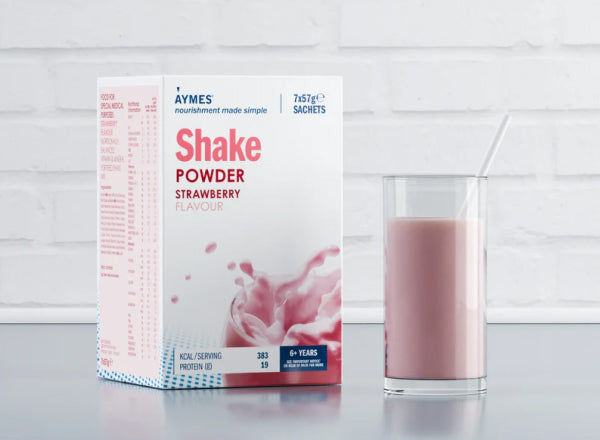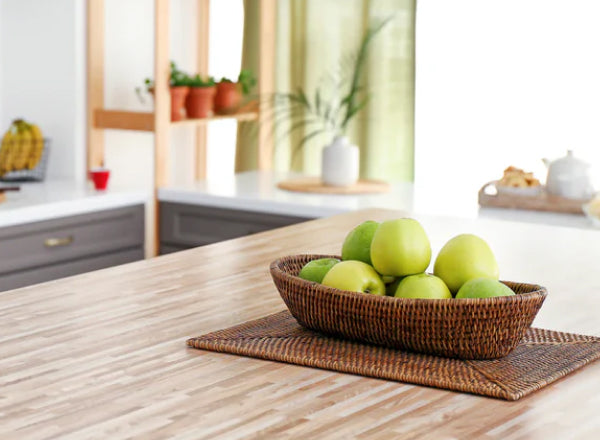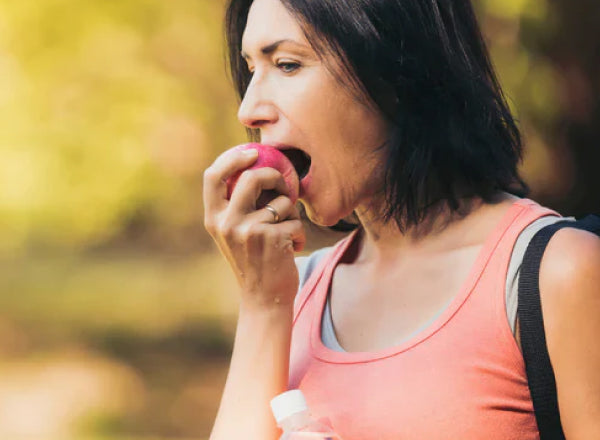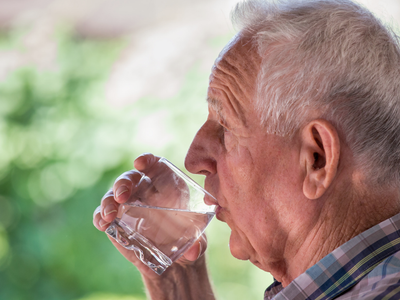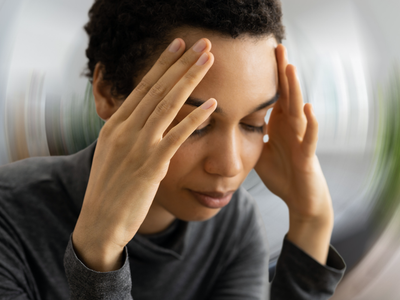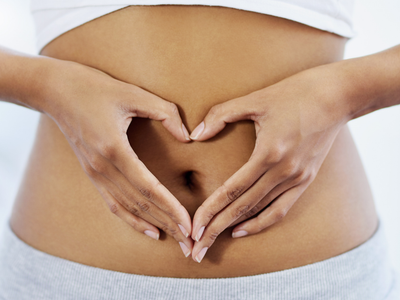
Peer-reviewed by Shehnaz Bashir, RD
Updated March 2024
An Introduction to Ramadan
Ramadan is the ninth month of the Islamic calendar. This year, Ramadan began on Sunday 10th March, 2024, but this is dependent on the sighting of the moon. It is the holiest month of the year for Muslims worldwide, serving as a time for fasting, prayer, reflection, gratitude and community
Fasting during this time is seen as a way of becoming closer to God and more compassionate to those in need. Muslims fast during daylight hours, meaning they abstain from food and drink from dawn until dusk. UK fasting times typically last for 16 hours, although the duration gets longer as the month goes on and daylight hours become longer ¹.
Before sunrise, a meal (known as suhoor/ sehri) is consumed early in the morning before the Fajr prayer (the first of the five daily prayers). After this meal, the fasting begins. The fast is broken after sunset with a meal called Iftar, which usually starts with dates and water or milk, followed by dinner.
Individuals may also snack at night between these two meals, and hydration is encouraged, this is especially the case when Ramadan falls during summer. As one of the five pillars of Islam (known as ‘sawm’), fasting during Ramadan is mandatory for all healthy adult Muslims.
Who is Exempt from Fasting?
Although observing Ramadan is a way to become closer to Allah, there are certain exemptions for those who do not have to observe it. For example, those who are sick do not have to fast during Ramadan. This can include mental or physical illness as well as those on medication. This is due to fears that fasting could make the person's illness worse or slow down their recovery.
Prepubescent children do not have to fast, however some choose to do so while others fast for a shorter duration (i.e. half a day). Pregnant or lactating women with concerns about their own or their child’s health are also exempt from fasting. A hadith (religious statement) says that menstruating women are forbidden from fasting. If an individual is travelling and going to spend time away from home, they are also exempt from fasting ². These fasts can be made up later, or for some, a charitable contribution as compensation can serve as an alternative ³.
Due to the ongoing Coronavirus pandemic, a Rapid Evidence Review by the British Islamic Medical Association (BIMA) has been undertaken. They have explored the impact of observing the fast of Ramadan alongside common health conditions or unique personal circumstances e.g. fasting wearing personal protective equipment (PPE) ⁴. If individuals are unsure as to whether they should fast, they are encouraged to speak with their Imam (worship leader).
Nutrition Support Considerations
Despite there being medical exemptions, some people who choose to participate in Ramadan may be at risk of or have disease-related malnutrition. It is important that healthcare professionals (HCPs) acknowledge and respect their patient’s decision to participate in fasting. Nutrition support should remain at the forefront of HCPs’ minds when supporting such patients, and dietetic advice should be tailored to the individual.
During Ramadan, the window to implement food-first strategies for nutrition support is shorter due to the fasting, with this potentially affecting adherence to dietetic treatment ⁵. Strategies such as fortifying foods and offering nourishing drinks to optimise a patient’s nutritional status can still be utilised, however it is important to ensure that any dietetic advice is in line with cultural or religious food rules.
The two meals during Ramadan (suhoor and iftar) are important opportunities for patients to replenish energy levels and optimise their nutritional intake. Every effort should be made to consume foods from all major food groups at these times.
Food-first Strategies for Ramadan
Remember that Muslims consume different foods based on where they are from (e.g. the Middle East or South Asia). Dietary advice should be tailored appropriately for each patient. The food-first ideas below are not exhaustive, but can be used as a support guide
Food Fortification:
Food-first strategies to overcome malnutrition usually include fortifying foods with high energy/protein foods to increase the protein and calorie content of the diet without increasing the volume of food consumed. Here are some suggestions:
- Add extra ghee, oil, raisins and nuts to rice dishes
- Fortify full fat milk with skimmed milk powder and add to milky recipes such as haressa (porridge), rice pudding, semiya, milk-based drinks or tea
- Encourage high energy milky desserts such as mahalabia (milk pudding flavoured with rose water and cardamom), kheer (rice pudding), gajrella (made of carrot, cardamom and pistachio), layali lubnan (a cold semolina pudding topped with pistachios), falooda (vermicelli based and flavoured with rose syrup) and fortify with cream, condensed milk, crushed nuts, honey and sugar syrup
- Stuff dates with nuts, chocolate or peanut butter
- Add pulses and lentils to soups, meat curries, marags (spicy mutton based soup), tagines or plain rice
- Oil and ghee can be added to vegetable dishes and curries, or parathas during the cooking process
- Vegetarian dishes can be fortified by adding vegetarian sources of protein such as paneer or tofu
- Offer high calorie, high protein dips such as ful madammas (a warm dip made with broad beans), hummus, raita, tahini, fattoush (a chopped salad with fried bread) and tabbouleh (fortified with olive oil)
Nourishing Drinks:
Consuming nourishing drinks is an ideal way to provide additional protein and energy compared with water. Here are some ideas:
- Herbal teas can be fortified with honey or date syrup
- Try making a fruit mocktail (made with Arabian clotted cream)
- Encourage fortified milk-based drinks like Majoon (made with dates, banana, ice-cream, honey, milk, toasted nuts and seeds) or badam milk (made with milk, soaked almonds, cardamom and saffron)
- Offer yoghurt-based drinks such as lassi, which can be fortified with ground nuts, full fat milk or cream
- Chai, chaa or kashmiri tea can be made with full fat or condensed milk
- Nimbu paani is a spiced drink similar to a still lemonade. It is made with freshly squeezed lemon, black salt and sugar. This is a good alternative to milk-based nourishing drinks and can be fortified with extra sugar and golden syrup.
Putting it All Together
The table below provides ideas for how you can help your patients incorporate food-first nutrition support strategies into the two meals of the day during Ramadan.
| Iftar Ideas | Suhoor Ideas |
|
|
Conclusion:
Ultimately, whether an individual chooses to fast is a personal decision. However, if they have medical conditions, are malnourished or experience unintentional weight loss during Ramadan, then encouraging patients to make informed decisions as to whether to fast based on their individual health needs is appropriate. Supporting with food fortification strategies and nourishing drink suggestions can help ensure patients replenish energy levels and optimize nutrition during their daily meal intakes.
- ◄References:
-
- Islamic Relief Worldwide (2021). Ramadan Timetable 2021 [online]. Islamic Relief Worldwide. Available at https://www.islamic-relief.org.uk/about-us/what-we-do/ramadan/ramadan-timetable/ [Accessed 29/3/2021]
- Muslim Council of Britain (2021). Ramadan Health Factsheet 2021 [online]. Muslim Council of Britain. Available at: https://mcb.org.uk/wp-content/uploads/2021/03/MCB_Ramadan-Health-Factsheet-2021-1.pdf [Accessed 29/3/2021]
- Sharma, S. (2007). Ramadan Health Guide: A Guide to Healthy Fasting [online]. Communities in Action. Available at: https://warwick.ac.uk/services/equalops/a-z/a_guide_to_healthy_fasting.pdf [Accessed 29/3/2021]
- Waqar, S., Ghouri, N., Meeran, K., Sattar, N., Amer, S., Yusuf, S.A., Hussain, S., Ali, Z., Khan, A. (2020). Ramadan Rapid Review & Recommendations [online]. British Islamic Medical Association. Available at: https://britishima.org/ramadan-rapid-review/ [Accessed 29/3/2021]
- Abolaban, H., Al-Moujahed, A. (2017). Muslim patients in Ramadan: A review for primary care physicians [online]. Avicenna Journal of Medicine 7(3): pp. 81-87. (2017) Available at: https://www.ncbi.nlm.nih.gov/pmc/articles/PMC5525471/ [Accessed 29/3/2021]

